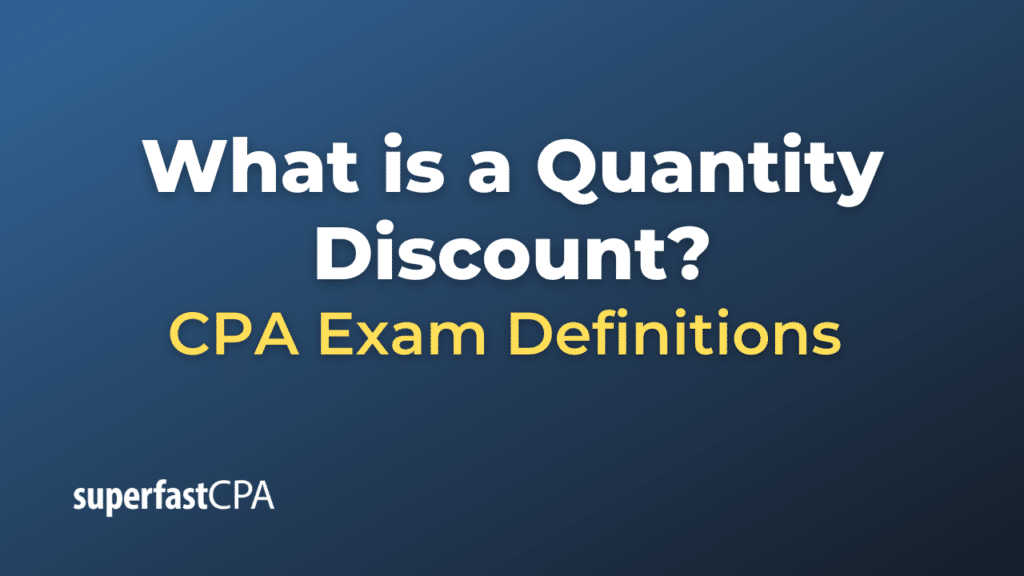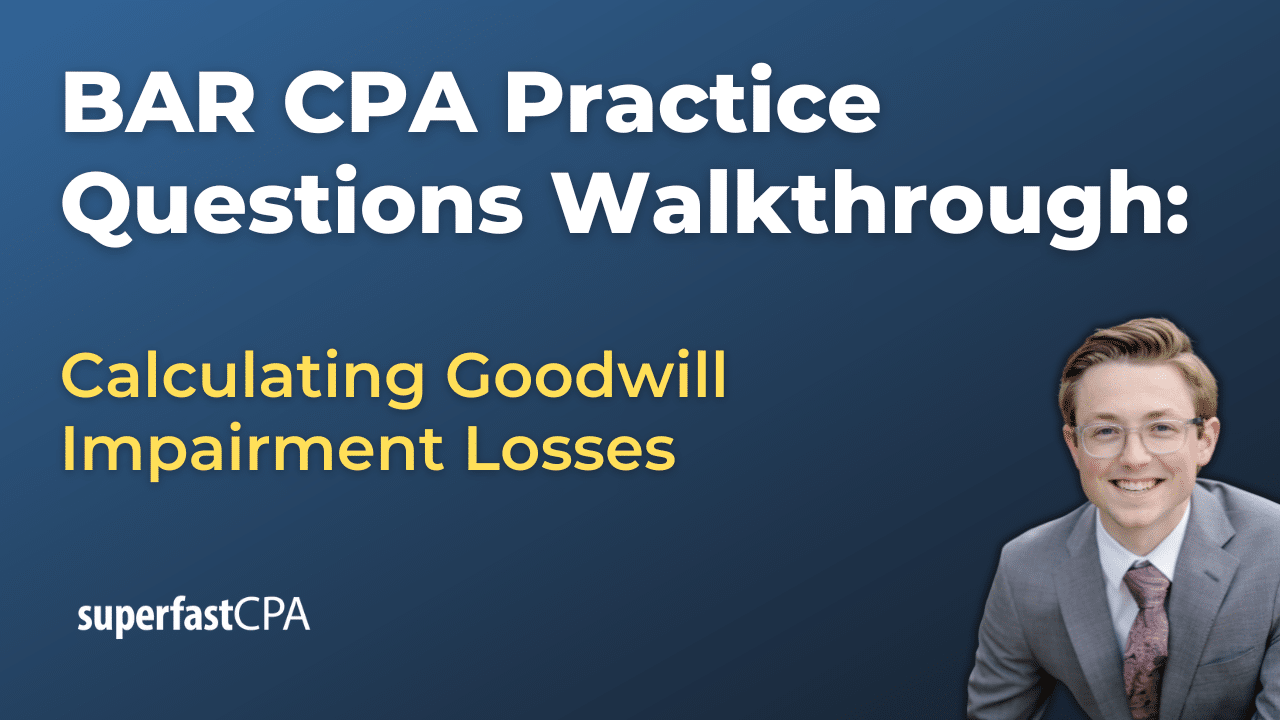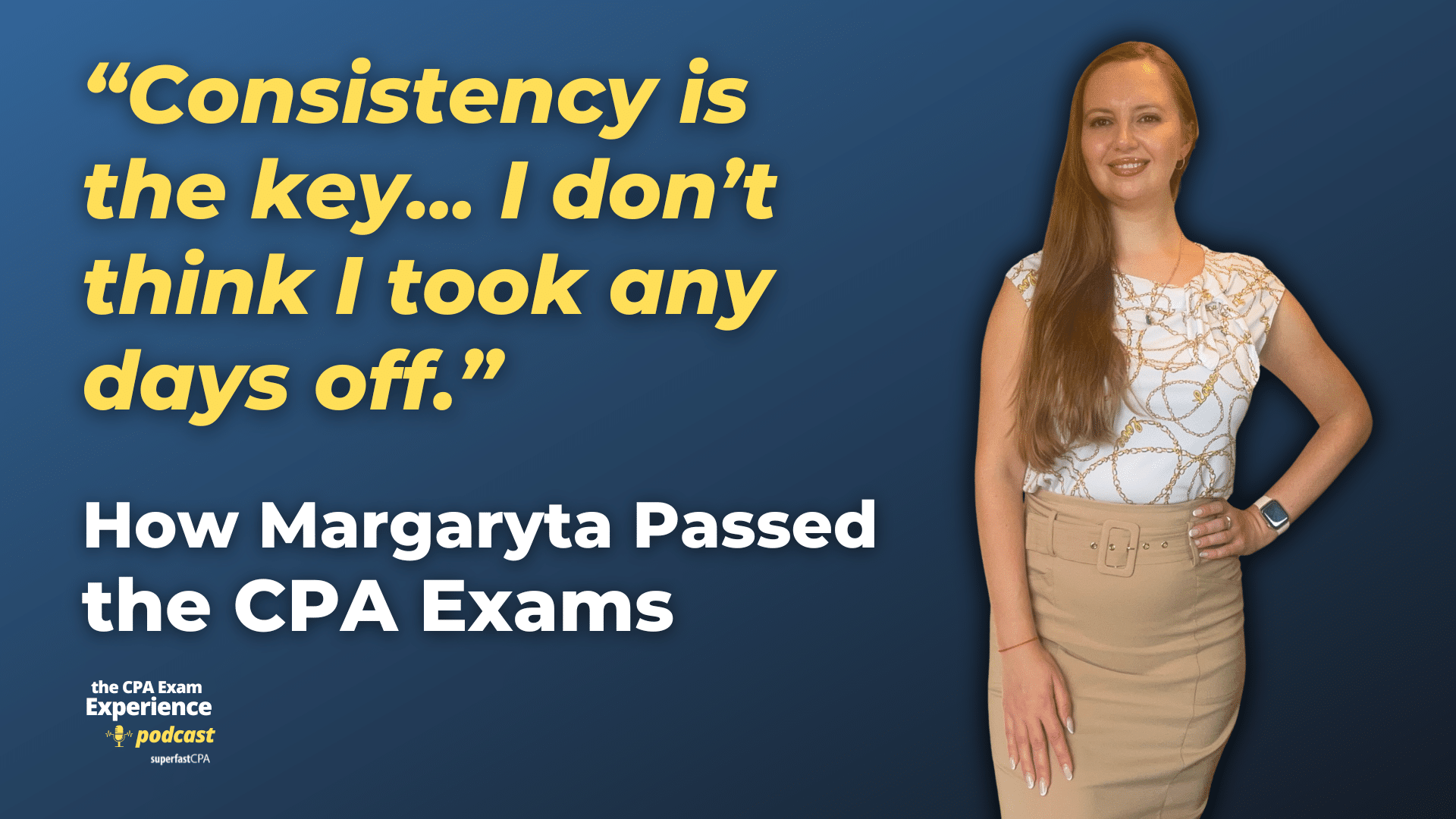Quantity Discount
A quantity discount refers to a reduction in the usual price of an item when it’s purchased in larger quantities. It’s a pricing strategy used by sellers to encourage buyers to purchase goods in bulk. The rationale behind offering quantity discounts often revolves around economies of scale, where the cost of producing or selling goods decreases as the quantity increases, and the desire to move larger volumes of goods or incentivize bulk buying.
There are several types of quantity discounts:
- Cumulative Quantity Discount: This type of discount is based on the quantity purchased over a specified period and usually applies to repeat customers. For example, a business might offer a discount to customers who buy more than 100 units of a product over a year.
- Non-cumulative Quantity Discount: This type refers to the reduction in price for a single bulk purchase and doesn’t consider previous purchases. For instance, if you buy 50 units in one order, you might receive a 10% discount, but if you buy 20 units in a subsequent order, you won’t get the discount.
- Seasonal Discount: While not strictly a quantity discount, seasonal discounts are similar in nature. They’re offered during a particular time of the year to either move out-of-season stock or take advantage of a season when demand is lower.
- Tiered Pricing: This approach sets different prices for different quantities. For instance, 1-10 units of a product might cost $10 each, 11-20 units might cost $9 each, and 21-30 units might cost $8 each.
Offering quantity discounts can be beneficial for businesses as it can:
- Increase sales volume.
- Reduce inventory holding costs.
- Improve cash flow.
- Strengthen customer loyalty, especially in the case of cumulative discounts.
However, businesses must ensure that the reduction in price does not negatively impact profit margins or undervalue the product in the eyes of consumers.
Example of a Quantity Discount
Let’s use a fictional scenario involving a stationery wholesaler to illustrate the concept of quantity discounts.
PaperMate, a stationery wholesaler, offers quantity discounts on boxes of pens to retailers. They have the following discount structure in place:
- Buy 1-50 boxes: $10 per box (No Discount)
- Buy 51-200 boxes: $9 per box (10% Discount)
- Buy 201-500 boxes: $8.50 per box (15% Discount)
- Buy 501+ boxes: $8 per box (20% Discount)
Examples:
- Retailer A:
- Orders 40 boxes of pens.
- Pays 40 boxes x $10 = $400.
- No discount applies as the order is within the 1-50 boxes range.
- Retailer B:
- Orders 150 boxes of pens.
- Pays 150 boxes x $9 = $1,350.
- Retailer B benefits from a 10% discount since the order falls within the 51-200 boxes range.
- Retailer C:
- Wants to place an initial order of 100 boxes.
- But upon seeing the discount structure, Retailer C decides to purchase 210 boxes to avail the 15% discount.
- Pays 210 boxes x $8.50 = $1,785.
Outcome:
- PaperMate succeeds in encouraging larger orders from retailers through the quantity discount structure, potentially increasing sales volume and reducing inventory holding costs.
- Retailers benefit from reduced per-unit costs when they buy in bulk, which could lead to increased profit margins when they sell the pens to end consumers.
This example illustrates how quantity discounts can work in favor of both the wholesaler and the retailers, creating a win-win situation. The wholesaler moves more stock and benefits from economies of scale, while the retailer gets the products at a reduced rate.












